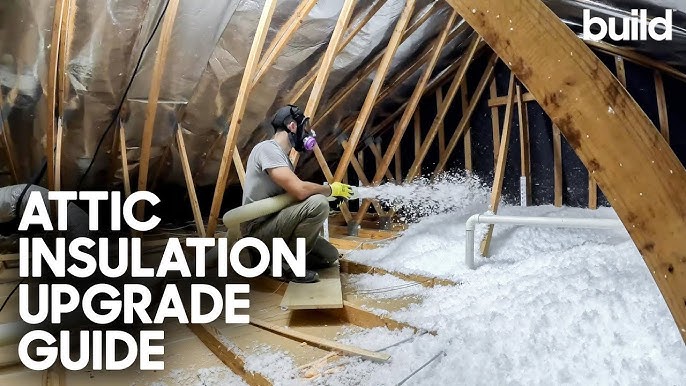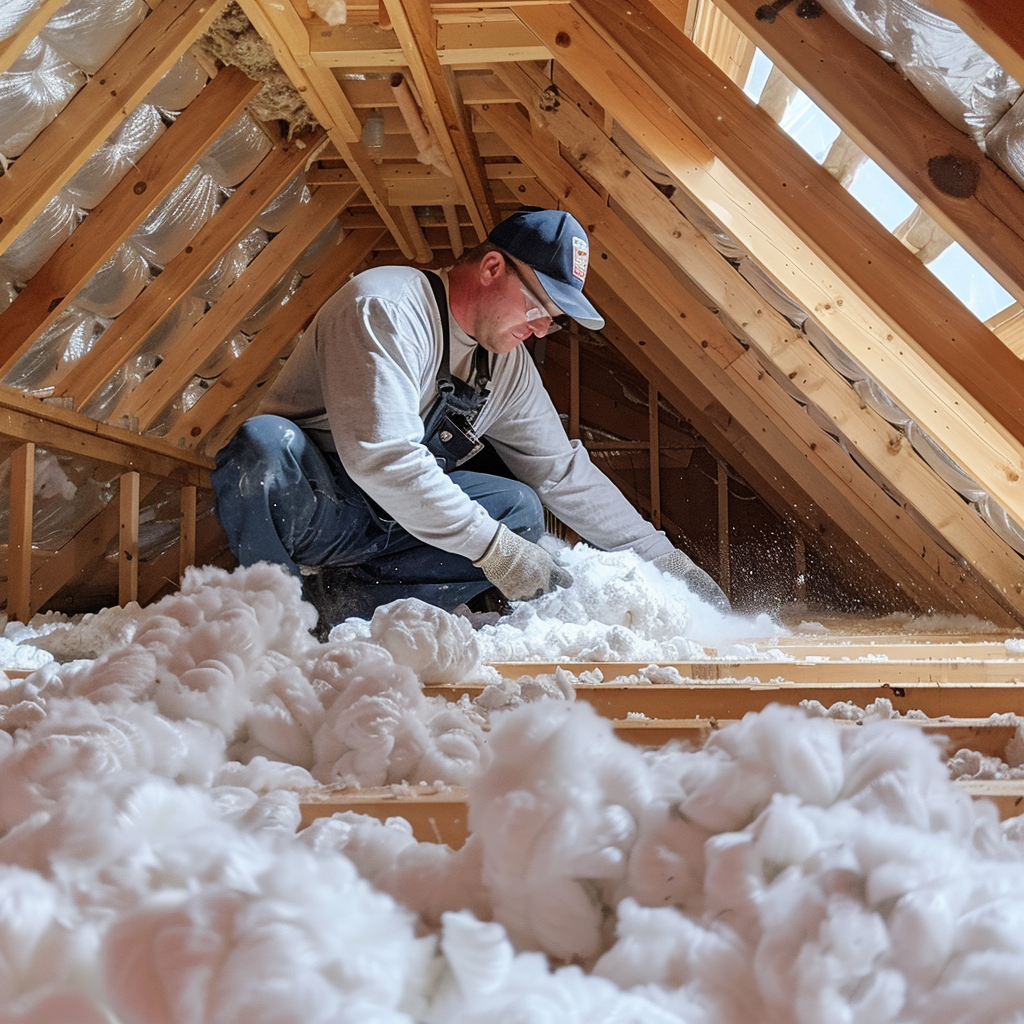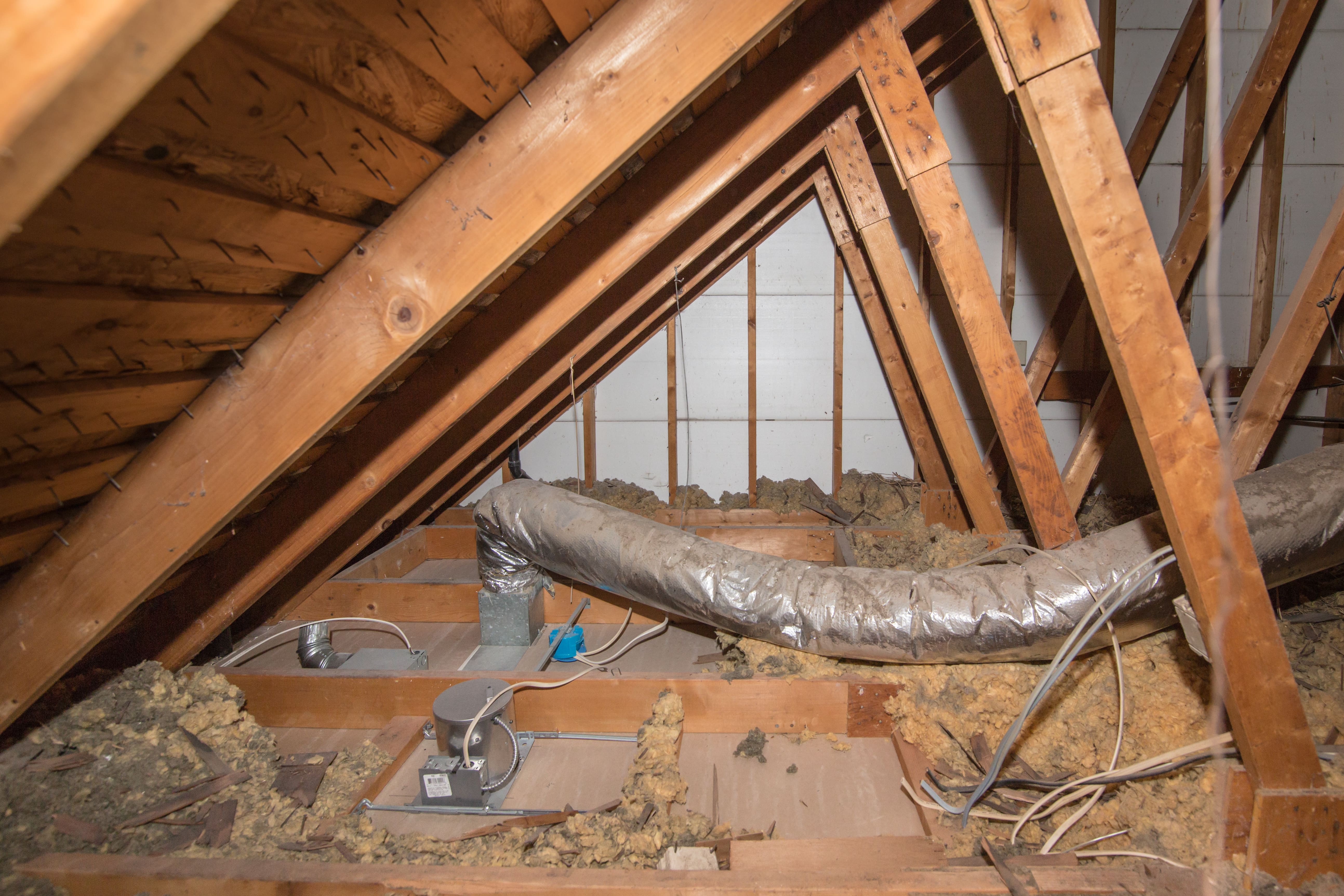Leading Benefits of Upgrading Attic Insulation DFW for Your Home Comfort
Discover the Different Sorts Of Attic Insulation and Their Distinct Advantages for Your Home's Energy Performance

Fiberglass Insulation
Fiberglass insulation is among one of the most typically used materials for attic room insulation due to its superb thermal efficiency and cost-effectiveness. Made up of tiny glass fibers, this material efficiently traps air, producing a protecting barrier that helps keep consistent indoor temperature levels. Its high R-value per inch makes it particularly effective at resisting heat transfer, which is important for energy preservation in homes.
Setup of fiberglass insulation is relatively simple, typically readily available in batts or loose-fill types, fitting numerous attic configurations. Furthermore, it is resistant and non-combustible to moisture, reducing the danger of mold advancement. This durability adds to its long life, making fiberglass a sensible long-term investment for property owners.
In addition, fiberglass insulation is commonly made from recycled products, which boosts its eco-friendliness. The material can also contribute to soundproofing, minimizing sound transfer between areas. While it is important to wear safety gear during setup to stay clear of irritability from the fibers, the overall advantages of fiberglass insulation, including energy cost savings and environmental factors to consider, make it a popular choice for enhancing attic efficiency and promoting a comfortable living environment.
Spray Foam Insulation
Spray foam insulation is a highly reliable choice for attic room insulation, known for its remarkable air securing and thermal performance. This cutting-edge insulation product is composed of a blend of isocyanate and polyol resin, which, when incorporated, expands rapidly to fill up voids and tooth cavities in the attic space. Its ability to follow numerous surface areas makes certain a constant barrier against air leaks, substantially reducing warmth loss throughout chillier months and heat gain during warmer seasons.
One of the key benefits of spray foam insulation is its high R-value per inch, which implies it provides excellent thermal resistance in a reasonably thin application. This is particularly beneficial in attics where area is commonly restricted. Additionally, spray foam can aid minimize dampness accumulation, reducing the danger of mold and mold growth, which can be harmful to both the structure and indoor air high quality.
While the first price of spray foam insulation might be higher than typical options, its lasting power cost savings, coupled with increased comfort and boosted home worth, make it a rewarding investment for homeowners seeking improved energy efficiency. Attic Insulation DFW. In general, spray foam insulation stands out as an efficient remedy for optimizing attic insulation
Cellulose Insulation

Cellulose insulation is a preferred selection for attic room insulation, mainly composed of recycled paper items treated with fire resistants. This environmentally friendly choice is understood for its excellent thermal efficiency, successfully minimizing warmth transfer in both summertime and cold weather. The dense composition of cellulose enables it to fill gaps and spaces in attic areas, giving a smooth barrier versus air leaks.
One of the considerable advantages of cellulose insulation is its capability to stand up to mold and parasites, owing to the fire retardant therapies used during production. Furthermore, it flaunts a high R-value per inch, which translates right into premium energy efficiency. Homeowners can anticipate reduced heating & cooling costs as an outcome of enhanced insulation.
Installation is generally completed through blowing loose cellulose right into the desired location, enabling a fast and efficient process. This approach likewise minimizes disruption to the existing framework. In addition, cellulose insulation has a fairly reduced ecological impact, as its manufacturing procedure utilizes recycled materials, adding to lasting structure practices.
Rock Woollen Insulation
Among the various options for attic room insulation, rock woollen, likewise called mineral wool, stands apart as a result of its remarkable thermal and acoustic efficiency. Made from all-natural or recycled products, rock woollen is produced by melting rock and spinning it into fibers, resulting in a product that offers outstanding insulation homes.
Among the considerable benefits of rock wool insulation is its high R-value, which indicates its efficiency in withstanding warm flow. This particular not just boosts power effectiveness however likewise adds to keeping a comfy interior temperature level year-round. In addition, rock wool is inherently fire-resistant, making it a more secure option for homes as it can withstand high temperature levels without melting or releasing poisonous fumes.
In addition, rock woollen insulation excels in soundproofing abilities, effectively lowering noise transmission between spaces and from outdoors sources. In general, rock woollen insulation gives an extensive service for enhancing power efficiency, security, and convenience in property setups.
Glowing Barrier Insulation
Glowing obstacle here are the findings insulation functions as a reliable service for decreasing warm transfer in attic rooms, especially in warmer environments. This sort of insulation jobs by mirroring radiant heat away from living areas, therefore lowering the quantity of heat that goes into a home throughout heat - Attic Insulation DFW. Usually composed of a highly reflective product, such as light weight aluminum foil, glowing obstacles are click over here now set up in attic rooms, dealing with the roof covering, where they can intercept incoming warmth from the sun
The key benefit of radiant barrier insulation is its ability to lower air conditioning costs. By showing warm instead than absorbing it, radiant barriers can aid keep a more secure indoor temperature, decreasing the work on air conditioning systems. This efficiency translates into lower power expenses and raised comfort for house owners.
Along with energy financial savings, glowing barriers can additionally add to improved interior air high quality. By lowering warm build-up, they assist lessen moisture levels, which can avoid mold growth and enhance general air flow. When mounted correctly, radiant obstacle insulation can be an you could try these out important addition to any type of energy-efficient home, making it a worthy factor to consider for property owners aiming to boost their attic insulation approach.
Final Thought
In final thought, comprehending the numerous types of attic room insulation-- fiberglass, spray foam, cellulose, rock woollen, and radiant obstacles-- allows homeowners to make enlightened choices relating to power effectiveness. By picking the ideal insulation product, substantial reductions in energy expenses can be accomplished, along with enhancements in indoor convenience.

In conclusion, comprehending the different types of attic room insulation-- fiberglass, spray foam, cellulose, rock woollen, and radiant barriers-- enables house owners to make informed decisions concerning power effectiveness.